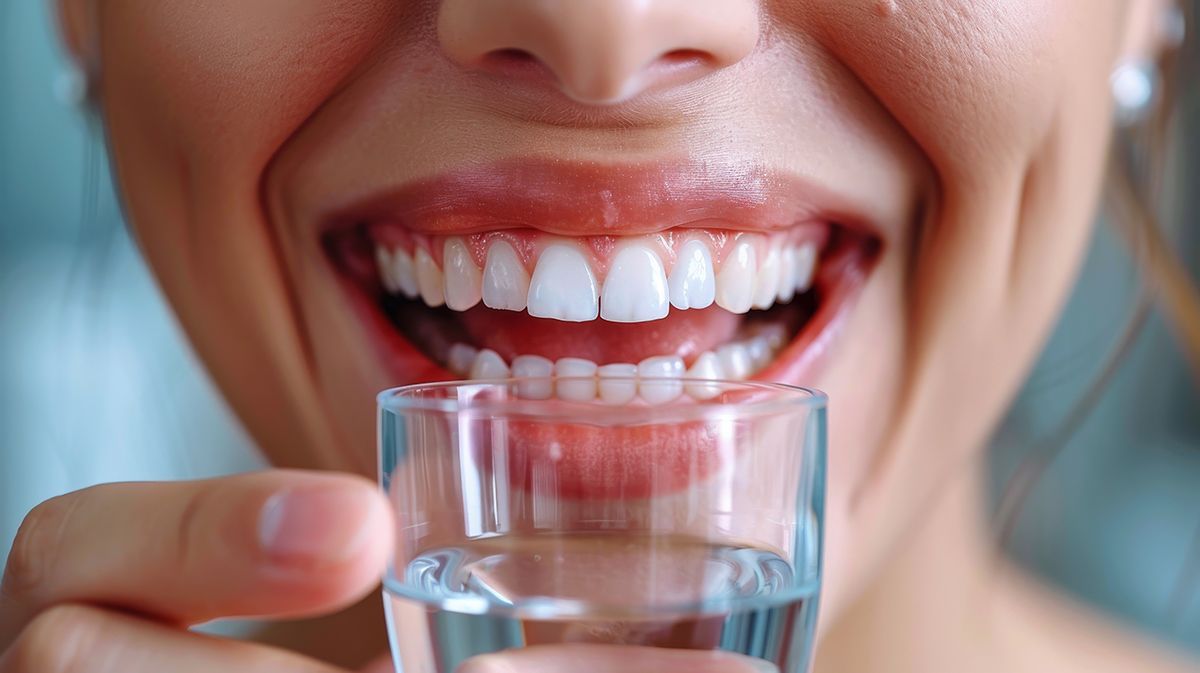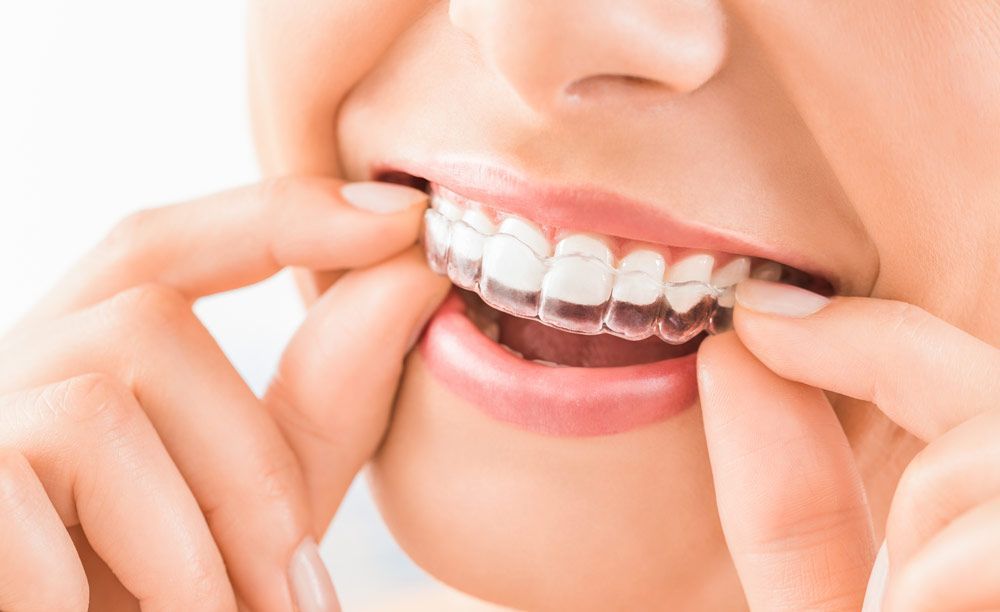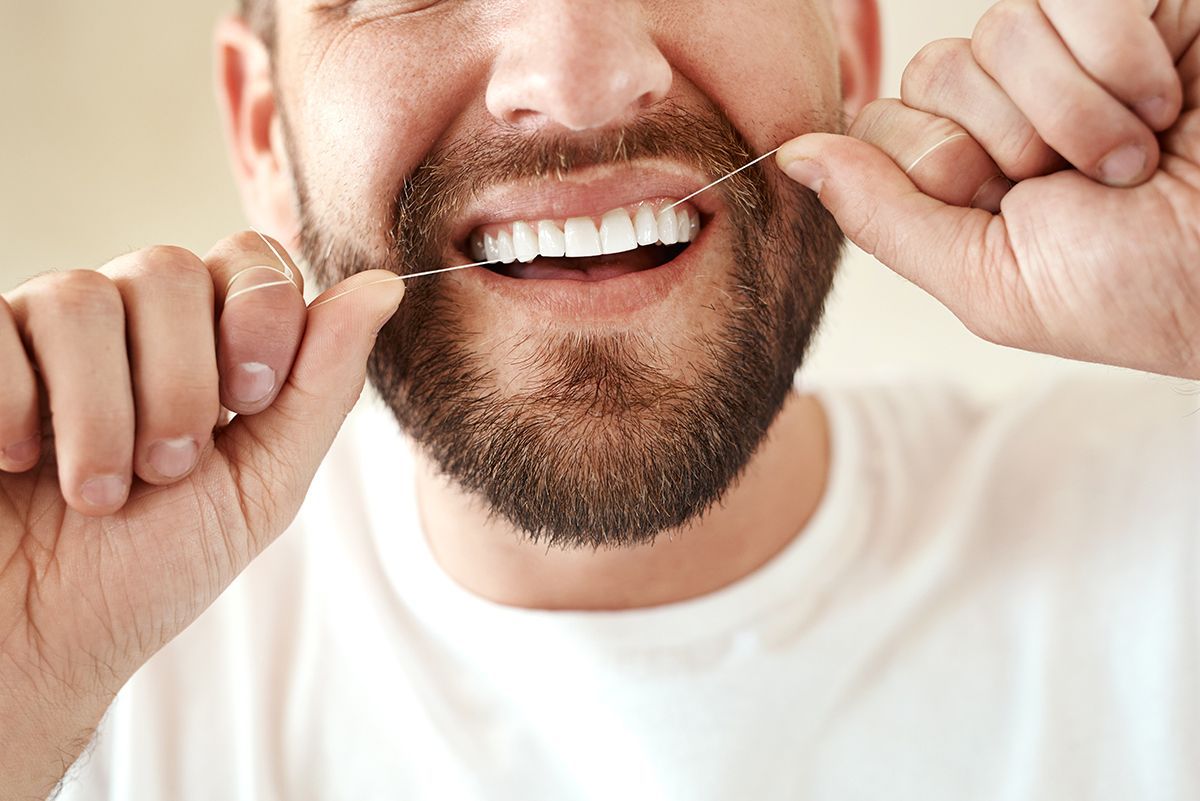How to Straighten Teeth
A bright and confident smile is often associated with straight, well-aligned teeth. Many individuals seek ways to improve the alignment of their teeth for both aesthetic and functional reasons. Fortunately, there are various methods available today to achieve a straighter smile, ranging from traditional braces to modern aligners. At Oadby Dental Clinic, we will explore the different ways to get straight teeth, the causes of crooked teeth, the role of retainers, and the latest advancements in teeth straightening technology.
Understanding the Importance of Straight Teeth
Having straight teeth is not just about aesthetics; it also plays a crucial role in overall oral health. Properly aligned teeth contribute to better oral hygiene, reduce the risk of gum disease, and prevent issues like TMJ disorders (Temporomandibular disorder (TMD) is a condition affecting the movement of the jaw). Additionally, a straight smile can boost confidence and improve your overall appearance.
How to Get Straighter Teeth
Traditional Braces
Traditional braces have been a staple in orthodontic treatment for decades. These metal or ceramic brackets, along with wires, gradually shift teeth into their desired positions. Although visible, modern braces are more discreet and comfortable than their predecessors.
Invisalign - The Clear Alternative
Invisalign has revolutionised teeth straightening by offering a virtually invisible and removable option. Made of clear plastic aligners, Invisalign gradually guides teeth into the desired position. The flexibility and convenience of Invisalign have made it a popular choice for those seeking a discreet teeth-straightening solution.
Teeth Aligners
Teeth aligners, similar to Invisalign, are clear, removable trays that fit over the teeth. They are customised to your teeth and gradually shift them into the desired alignment. Teeth aligners are a more recent solution, providing another option for those who want to avoid the visibility of traditional braces.
Porcelain Veneers
Veneers are primarily used to improve the appearance of teeth by addressing issues such as discoloration, chips, or gaps. They are thin, custom-made shells that are bonded to the front surface of teeth to enhance their aesthetics. While veneers can make teeth appear straighter, they are not a solution for correcting misalignment or significant orthodontic issues.
If your primary concern is straightening your teeth, traditional orthodontic treatments like braces or clear aligners (such as
Invisalign) are more appropriate options. These treatments involve the gradual movement of teeth to achieve proper alignment and bite.
Teeth Straighteners for Quick Results
For individuals looking for a faster solution, accelerated orthodontic treatments, such as rapid braces or fast-track Invisalign options, are available. These treatments aim to reduce the overall treatment time while still providing effective results.
How Long Does Invisalign Take to Straighten Teeth?
The duration of Invisalign treatment varies depending on individual factors such as the complexity of the case and how well the patient adheres to the treatment plan. On average, Invisalign treatment can take anywhere from 6 months to 2 years. Regular check-ups with the us help monitor progress and make any necessary adjustments to ensure optimal results.
To discover more about Invisalign check out ‘How does Invisalign Work?’
Understanding the Causes of Crooked Teeth
Genetics
Genetics play a significant role in determining the alignment of teeth. If your parents had crooked teeth, there's a higher likelihood that you may also experience misalignment.
Habits and Developmental Factors
Certain habits during childhood, such as thumb-sucking or prolonged pacifier use, can contribute to misaligned teeth. Additionally, issues with jaw development can result in crooked teeth.
Tooth Loss and Impacted Teeth
Losing a tooth without prompt replacement or having impacted teeth can lead to neighbouring teeth shifting positions, causing misalignment.
Dealing with Crowded and Wonky Teeth
Crowded Teeth
Crowded teeth occur when there is insufficient space for all teeth to align properly. We can gradually create space and align crowded teeth using braces or alligners.
Wonky Teeth
"Wonky teeth'' is a colloquial term for teeth that are misaligned or crooked. Our interventions can effectively address wonky teeth, improving both their alignment and overall appearance.
Can You Use a Retainer to Straighten Teeth?
Retainers are commonly used after orthodontic treatment to maintain the newly achieved alignment. However, in some cases, mild teeth misalignment can be corrected or prevented by using a retainer. It's essential to consult with an orthodontist to determine the most suitable approach for your specific situation.
Maintaining White Straight Teeth
Achieving a straight smile is only part of the equation; maintaining the whiteness of your teeth is equally important. Regular dental hygiene practices, including brushing, flossing, and professional cleanings, contribute to the longevity of both straight and white teeth.
Check out our ‘How to Whiten Teeth Guide’ for more information!
Achieving straight teeth involves understanding the available options, identifying the causes of misalignment, and choosing the most suitable treatment plan. Whether opting for traditional braces, Invisalign, or other aligners, consulting with a qualified orthodontist here at
Oadby Dental Clinic ensures a personalised approach for optimal results.
A confident and radiant smile is within reach, and with advancements in orthodontic technology, the journey to straight teeth has become more accessible and convenient than ever before.




